
There was no concrete record to support the story on how Danao got its name. Although in the 1960’s there were circularized copies of a story about the legend. There were at least two legendary versions on the establishment of Danao as a municipio.
The first version relates the story about a Spanish captain by the name of Manuel Anecito del Rosario who was commissioned in 1844 by the early Spanish authorities in the Province of Cebu to establish municipios or pueblos (towns) starting from what is now called Compostela (used
to be among the early barrios of Danao) towards the northern part of Cebu as far as what is presently called the Municipality of Borbon.
Captain del Rosario, in compliance with his commission, went to the said places to perform his duties. Riding on a horse on his way to the north, he passed by a place called Cotcot where he chanced upon a few natives who were resting while tending their carabaos wallowing in the nearby pond.
Not quite familiar with the place, the captain, pointing his forefinger to the ground, inquired (in Spanish language) from the surprised natives about the name of the place. Without understanding what the captain had said, the natives surmised it to mean that the stranger might have asked for the name of the pond where the carabaos were cooling off, they replied danawan– a local term for pond.
On account of the stranger’s unfamiliarity with the local dialect
coupled with his defective hearing, he was only able to hear the first syllables da-naw. Thus began the naming of the place Danao which Captain Anecito del Rosario had established as a municipio.
He stayed in the place for several years to see to it that the much-needed
projects were constructed. He was credited for the planning and establishment of the poblacion where he constructed the presidencia to house the offices of the local government.
The Roman Catholic Church was built next which was completed in 1847,
followed by the construction of the convento and the town streets (Calles). The Calle Lapulapu, Calle Rizal and Calle Marcelo del Pilar were among the town streets built by Captain del Rosario. Until today one can still find Spanish-type culverts in these streets which date back to the early formative period of Danao.
After the establishment of Danao as a municipio, Captain Anecito del Rosario proceeded to the north to establish more towns. He was then credited for his patriotic deeds in helping andor organizing the municipios (towns) of Carmen, Catmon and Borbon. In 1860, Capt. Del Rosario returned to Danao, the place he liked most.
During the time when Christian names were given to the natives, he decided also to change his family name to Gonzales and opted to stay permanently in the town he has first established.
There were earlier attempts to chronicle pre-war and post-liberation records but all these efforts had gone to naught because those records were neither found and assumed were destroyed during the outbreak of World War II or simply lost.
According to former Antonio Lao – Danao Juez de Paz – the early civil government of Danao during the Spanish, Japanese and American regimes and until the Philippine self-rule was headed by the following:
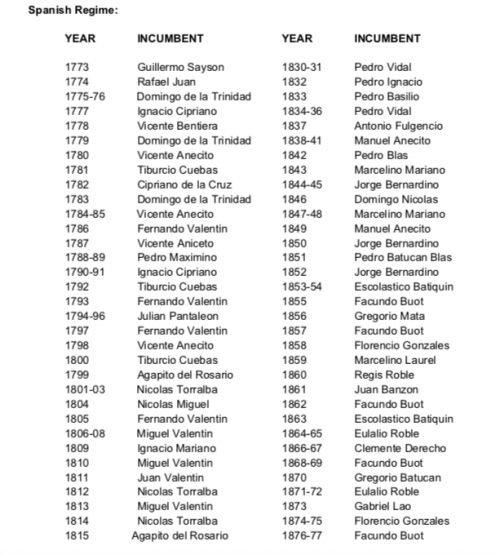
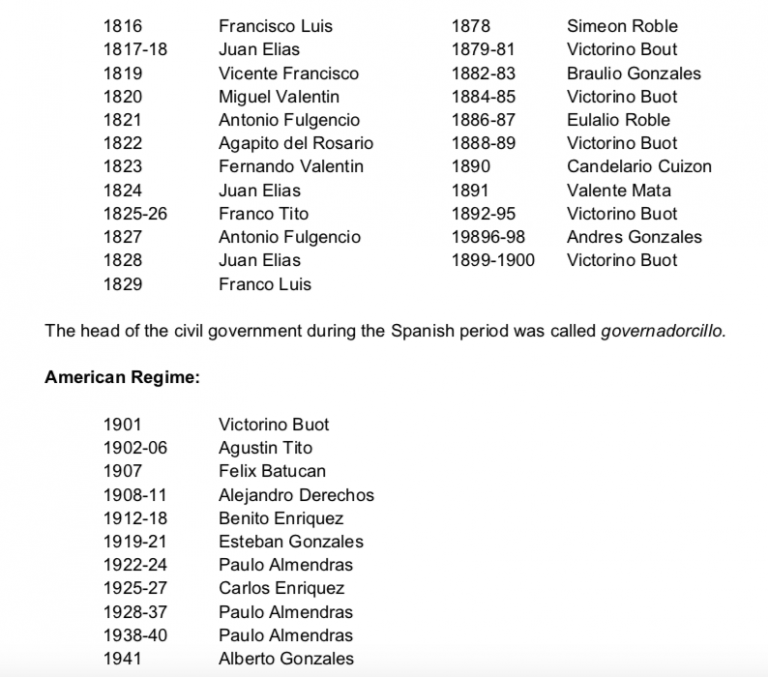
The head of local civil government was called presidente municipal during the early American occupation period (1901-1935), alcalde municipal during the American commonwealth period, and finally municipal mayor after the granting of Philippine Independence in 1946.
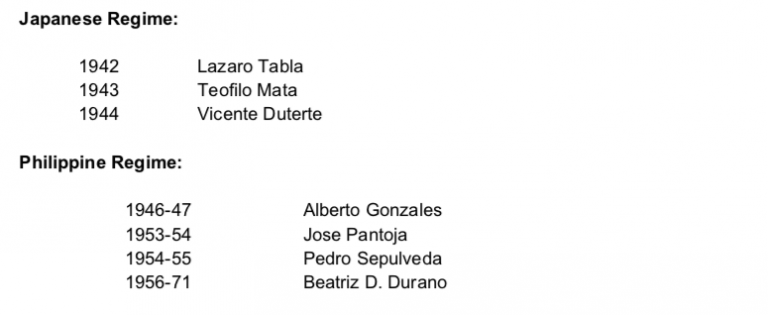

By virtue of Republic Act No.3028, Danao was established as a city on June 7, 1961. A Charter Day Celebration from June 1-7 of every year is being celebrated. These celebrations are in-lined with different activities such as old time games and habits being practiced, participated and enjoyed by the Danawanons from generation to generation.
In the year 2005, Cebu’s definition of Metro Cebu was expanded and included Danao City as the boundary area in the north and Carcar City as the boundary area in the south.
Also read:
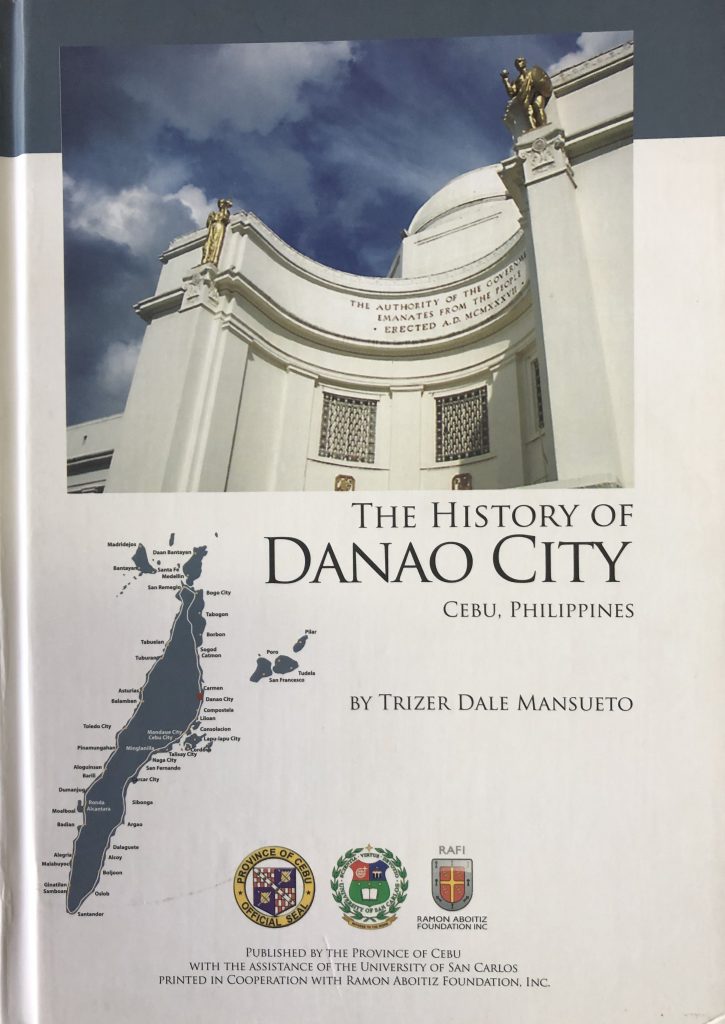
Mansueto, Trizer Dale. The History of Danao City. Cebu City: The Provincial Government of Cebu, 2014.
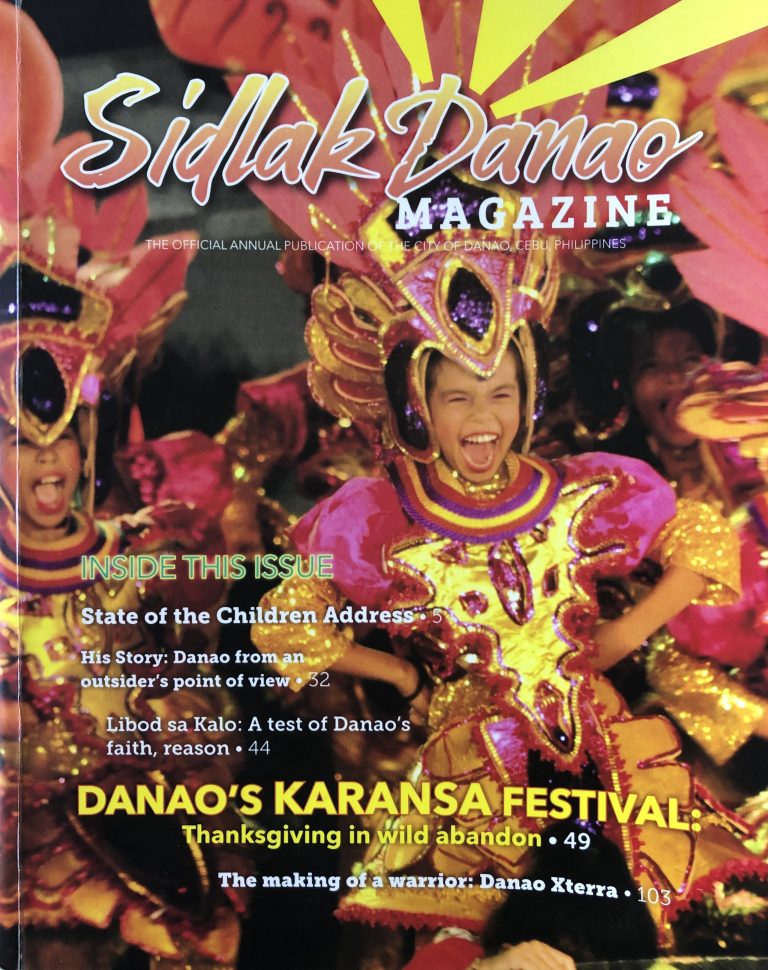
PIO Danao City. “His Story: Danao From An Outsider’s Point of View.” The City Government of Danao 2017: 32-36.
